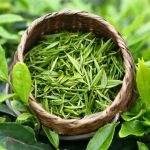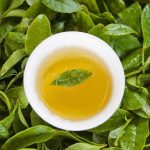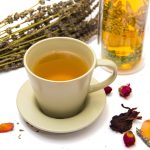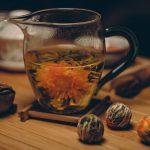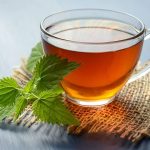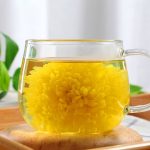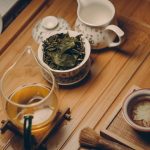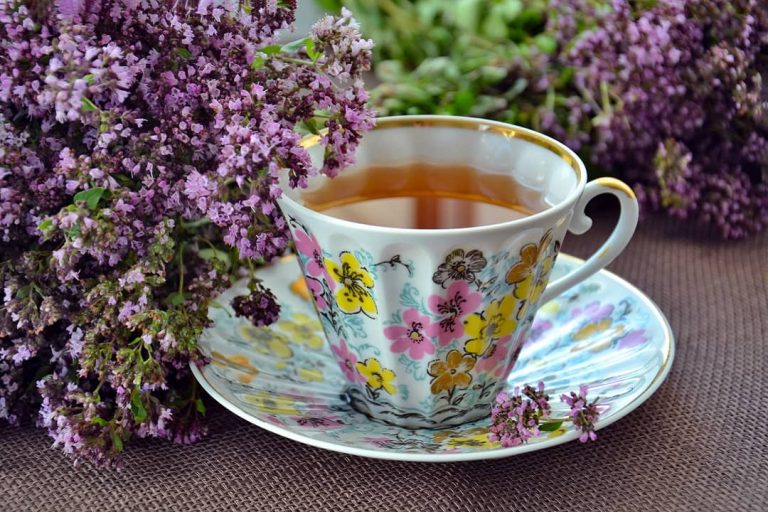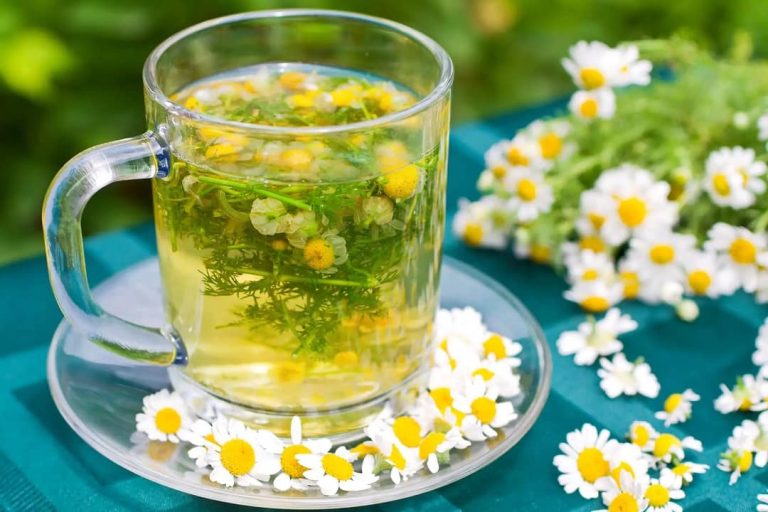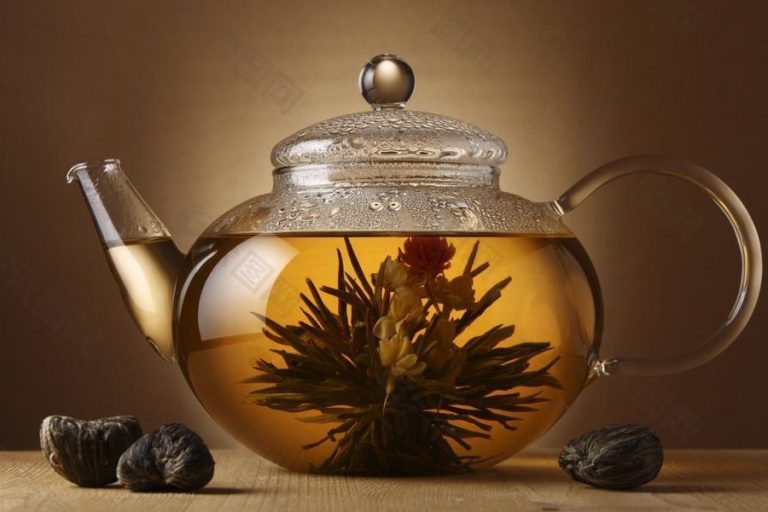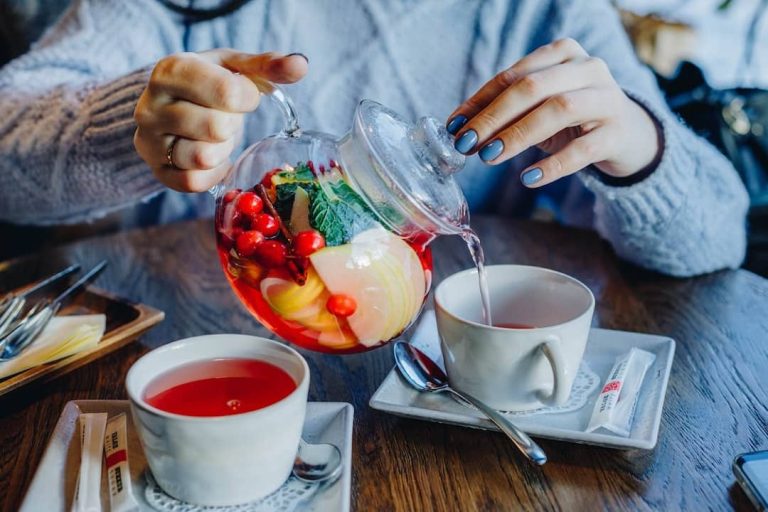Why is tea healthy

Over the years of development, people’s acceptance of tea has gradually expanded, and the number of people who drink tea has gradually expanded to all ages. Tea is no longer the exclusive drink for the elderly. Do you know why tea is more and more popular? Why is tea healthy?
1. Tea polyphenols
Tea polyphenols are the general name of more than 30 kinds of polyphenol compounds with catechins as the main body in tea trees, also known as “tea tannins” and “tea tannins”, including four major categories of substances, namely catechins, flavonoids and flavonoid glycosides, anthocyanins and anthocyanins, phenolic acids and phenolic acids.
Tea polyphenols are a kind of important compounds that distinguish tea from other plants, and are the primary components of tea health functions. The content of tea polyphenols generally accounts for 20%~35% of the total dry matter. The content of polyphenols in tea is affected by many factors, such as the environment, the variety of tea plants, and the degree of aging.
Tea polyphenols are known as human preservatives. The content of tea polyphenols in tea is as high as 18% – 36%, which is the most important component in tea. The research on the antioxidant function of tea is all about tea polyphenols.
There is a famous antioxidant capacity comparison experiment: 2 cups of green tea=4 apples=5 onions=7 cups of orange juice. Tea should be regarded as the first drink in daily life if you drink it alone, don’t you think?
2. Alkaloids
The alkaloids in tea include caffeine, theobromine and alkaloid. The content of caffeine is the most, accounting for 2%~5% of the total dry matter. Generally, the content of summer tea is higher than that of spring tea.
Caffeine is soluble in water and is an important substance to form the taste of tea. It can also be used as one of the characteristics of identifying true and false tea. Caffeine has many pharmacological effects on human body, such as refreshing, diuretic, promoting blood circulation, aiding digestion, etc.
The function of refreshing tea is caffeine. In the past, people paid most attention to the function of refreshing tea. So, my friends, when you are tired of work and study, don’t always order coffee. Pure black coffee is too bitter, and sugared coffee will increase the intake of sugar content in your body, which is not as healthy as Oriental Leaf.
3. Amino acid
There are 26 kinds of amino acids found in tea, including theanine, glutamic acid and aspartic acid. Theanine is the highest and most special amino acid among them, because it can hardly be found in other plants and is unique to tea.
If caffeine is refreshing, theanine is calming. These two complement each other, making tea refreshing, but not over-excited.
For tea, amino acid is a treasure, and is the main contributor to the fresh taste of tea. It not only neutralizes the bitter taste of polyphenols and caffeine in the taste, but also evolves the ever-changing charming aroma, which is an indispensable part of high-grade tea.
4. Protein
The protein content in tea accounts for 20%~30% of the dry matter, mainly including gluten, albumin, globulin, gliadin, etc. Among them, gluten accounts for the largest proportion. Albumin is soluble in water, which has a positive effect on the taste of tea soup.
The tea with high protein content, from its appearance, has light green leaves and soft leaves, which have the basic conditions for making high-grade tea, and can produce all kinds of beautiful tea. From the perspective of endoplasm, the metabolism of free amino acid, caffeine and nucleic acid is vigorous, and the content of intermediate products and products in the process of metabolism is high, which brings good effects on the taste and aroma of tea.


